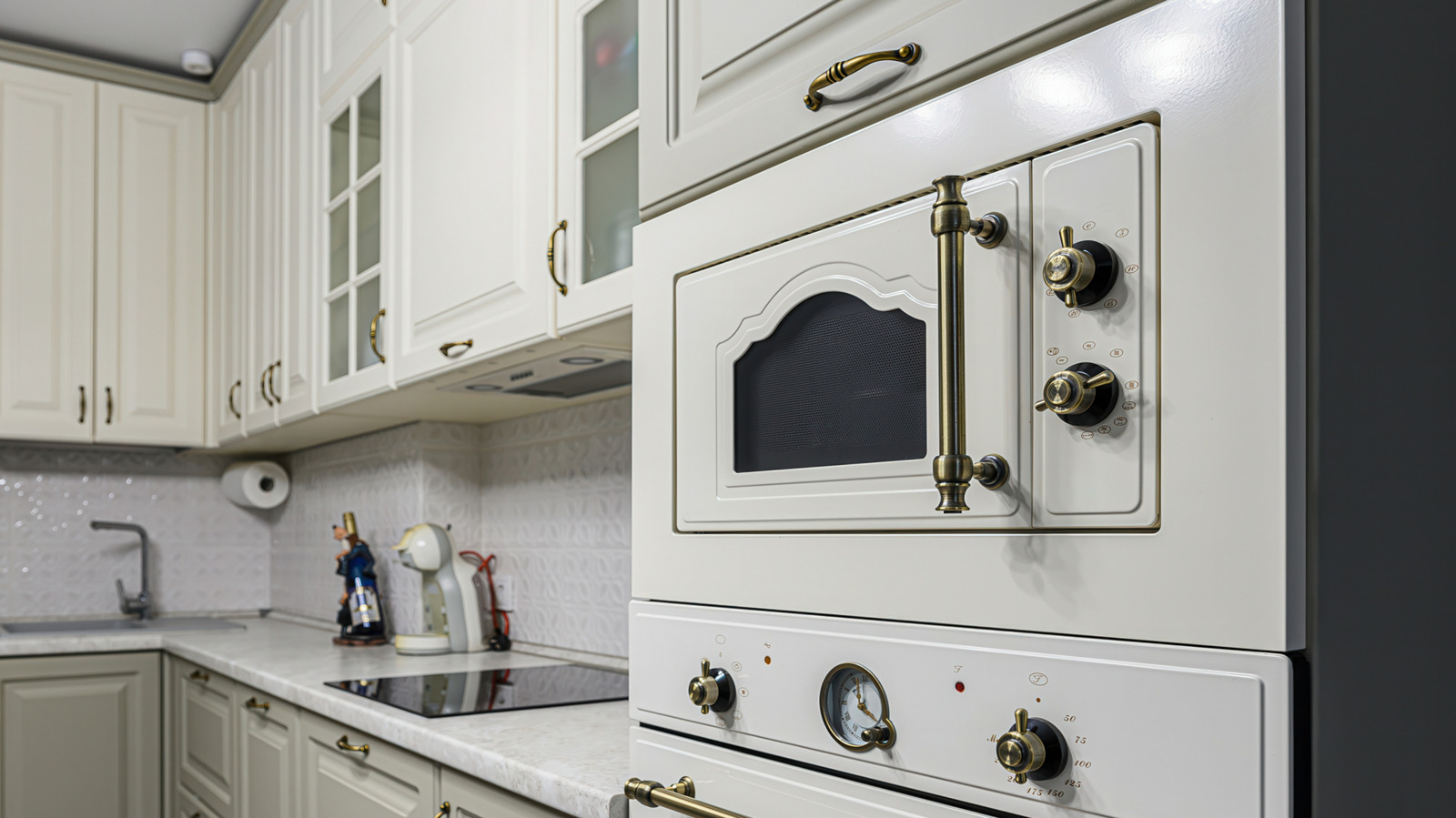
"Vintage cookbooks can be treasure troves of yesteryear recipes, some delightful and others downright perplexing. That's especially true when it comes to assumed knowledge that's not-so-assumed decades later. One of my favorites is vague cooking directions such as "bake in a slow oven," a "moderate oven," or a "quick oven." Perhaps home chefs just inherently knew such things, or industry-wide oven temperatures were inconsistent? Depending on the time period, chefs may have even been cooking with highly unpredictable wood or coal."
"Regardless, I'm happy to say there was actually a method to the madness, though subjective per the interpreter. Some beg to differ on oven temperature terms, but generally, a slow oven meant setting the knob at 250 to 325 degrees Fahrenheit, while a moderate oven inched it up a bit, reaching 325 to 400 F. Consequently, a hot oven (also called a quick oven) topped out at temps between 400 and 450 F."
"The charm never ends when digging around the culinary past, including handwritten recipes on index cards, filed inside dedicated recipe boxes and traded between friends and family. Church socials, Tupperware parties, and bridal showers inevitably involved revealing Aunt Betty's or Grandma's cobbler or baked chicken recipes - in fact, it was standard protocol for everyone to gift a bride-to-be with their most cherished family recipe. It also went deeper than oven temperatures - how about a "saucer" of flour or a "smidge" of baking powder?"
Vintage cookbooks preserve recipes with subjective directions and informal measurements that require interpretation. Vague oven labels often corresponded to temperature ranges: slow oven 250–325°F, moderate oven 325–400°F, and hot/quick oven 400–450°F. Earlier cooking sometimes used unpredictable wood or coal heat sources, making exact temperatures variable. Handwritten recipes and index-card collections circulated widely through church socials, Tupperware parties, and bridal showers, forming family recipe traditions. Ingredients and quantities were often specified by household items or impressions—examples include a "saucer" of flour, a "wine glass full," or a "smidge" of baking powder—rather than precise weights or volumes.
Read at Tasting Table
Unable to calculate read time
Collection
[
|
...
]